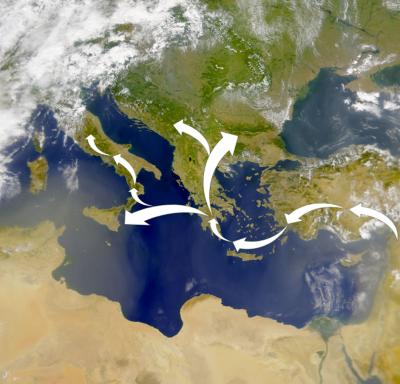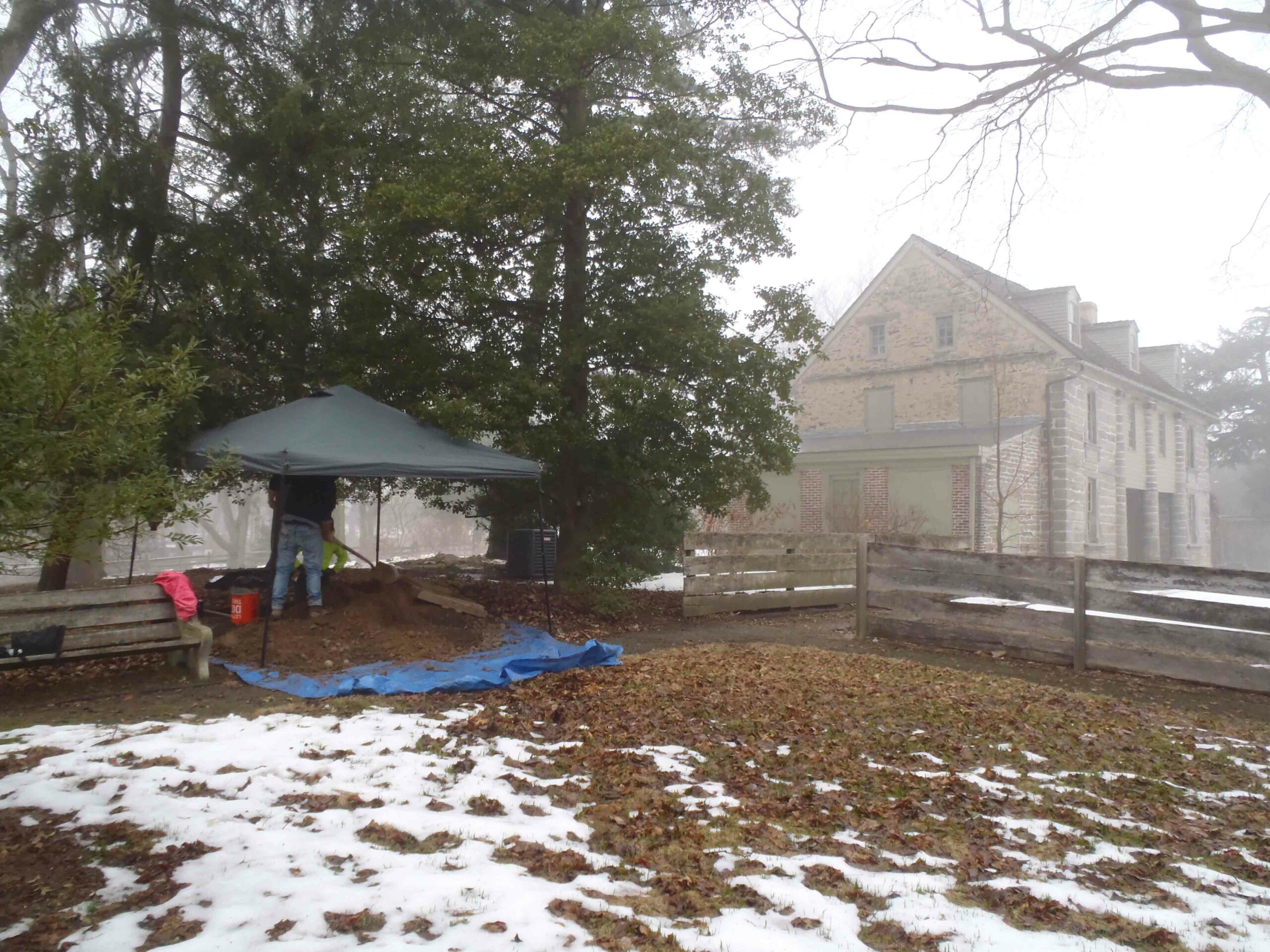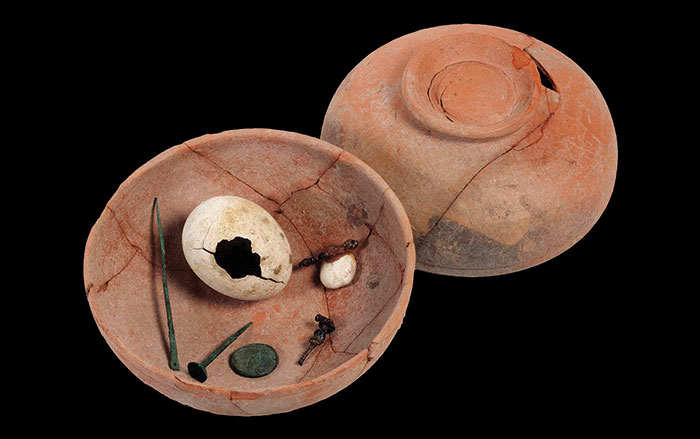
SEATTLE, WASHINGTON—An international team of scientists led by George Stamatoyannopoulos of the University of Washington looked at genetic markers in 32 modern populations from the Near East, North Africa, Anatolia, the Aegean Islands, Crete, mainland Greece, and Southern and Northern Europe. They compared the frequency of single nucleotide polymorphisms, also known as SNPs or “snips,” in these populations to track the flow of genes between ancient migrating peoples and native populations to test the hypothesis that Neolithic farmers spread into Europe from the Levant primarily by sea, following coastal routes. “There were multiple migrations of Neolithic people and some, no doubt, went by the land route, but the predominant route was through Anatolia and then by sea, with Crete serving as a major hub,” Stamatoyannopoulos told Science Daily. In addition, the scientists found that Neolithic people from the Near East also moved southeast into Arabia and across the North African coast.










